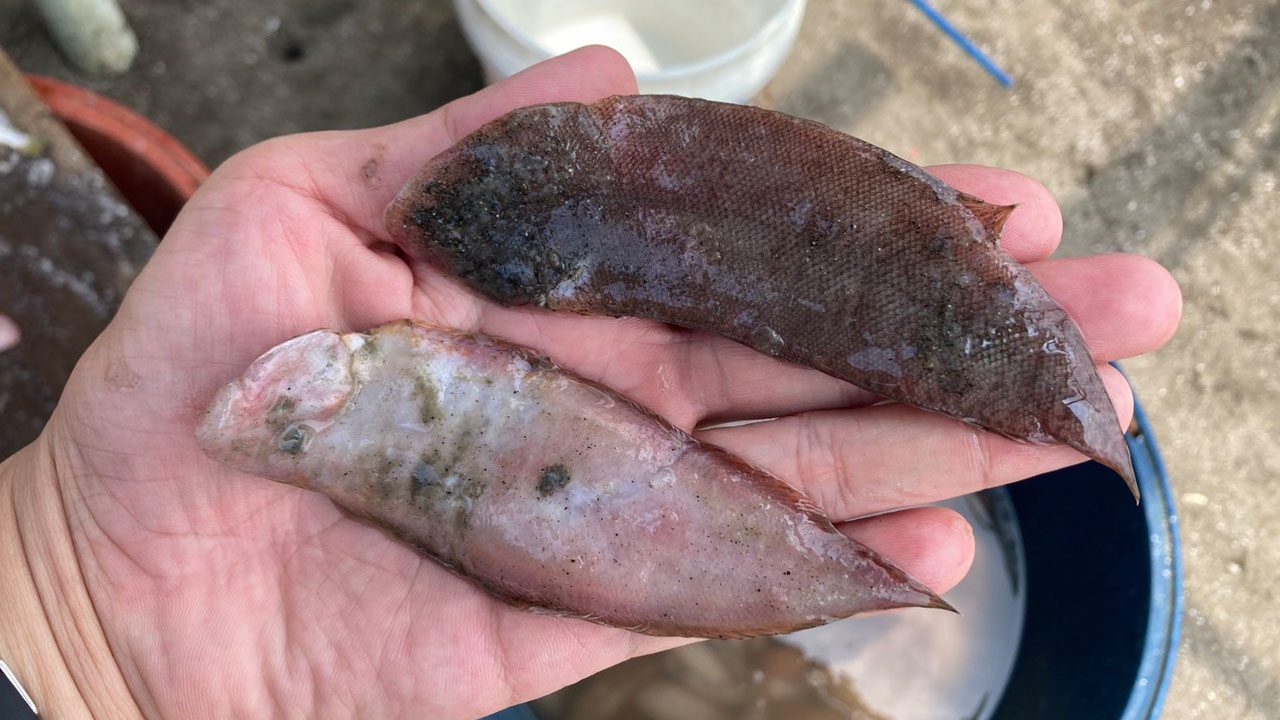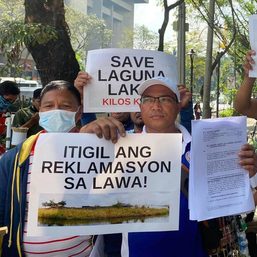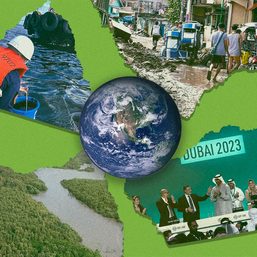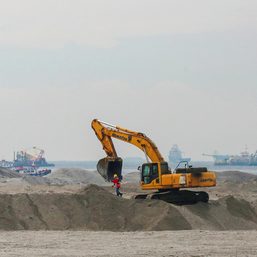SUMMARY
This is AI generated summarization, which may have errors. For context, always refer to the full article.

MANILA, Philippines – Fishers in Cavite spotted flounders, known locally as “tampal-puke,” surfacing in Manila Bay on Thursday, June 15.
The Pambansang Lakas ng Kilusang Mamamalakaya ng Pilipinas (Pamalakaya) said flounders are “being driven away from the seafloor because of the ongoing dredging in Manila Bay, particularly in the coastal waters of Cavite.”
Environmental scientist Hernando Bacosa said underwater noise produced by such reclamation activities can lead to habitat loss of the bottom-dwelling flounders.
“Flounder may be driven out from their habitat if dredging activities occur in such areas,” Bacosa told Rappler.
“Prolonged exposure of fish to an environment with highly suspended sediment makes it difficult for them to find food,” added Bacosa.
Moreover, flounders’ early life stages can suffer “lethal impacts” while adult fishes may experience behavioral effects. Stressors produced by dredging can increase stress levels, and alter development and the swimming ability of fish.

Dredging is the removal of sediments in bodies of waters and is supposed to maintain navigation channels for the passage of ships. Manila Bay is the harbor of several ports, including the Port of Manila, the country’s largest port.
Aside from consequences to marine life, Pamalakaya decried its adverse effect on fish catch.
The group reported an 80% decline in the average fish catch of fisherfolk since the dredging operations started two years ago.
Pamalakaya said they have sought help from the Bureau of Fisheries and Aquatic Resources but the office only said they do not have the power to stop the dredging.
Aside from dredging, Bacosa said factors such as the concentration of pollutants, dissolved oxygen content, water temperature, loss of seagrass, and bloom of harmful algae can contribute to the unusual surfacing of flounders. – Rappler.com
Add a comment
How does this make you feel?





There are no comments yet. Add your comment to start the conversation.